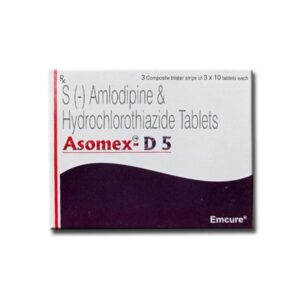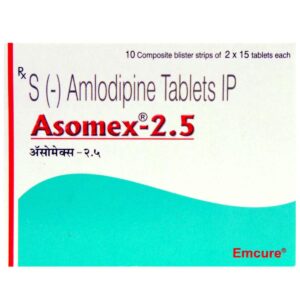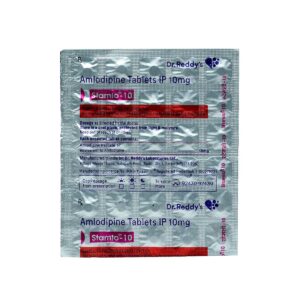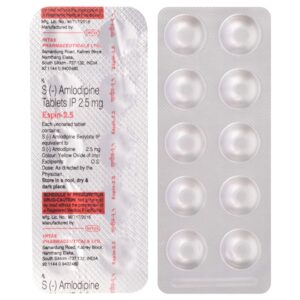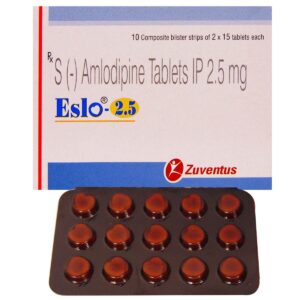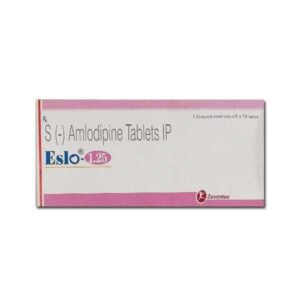AMLODIPINE
AMLODIPINE: Amlodipine is a prescription medication used to treat high blood pressure and certain types of chest pain called angina. It belongs to a class of drugs known as calcium channel blockers.
The mechanism of action of amlodipine involves relaxing and widening blood vessels, which improves blood flow and lowers blood pressure. It works by blocking the entry of calcium into the smooth muscle cells lining the blood vessels and heart. By inhibiting the influx of calcium, amlodipine causes the blood vessels to relax, reducing the resistance in them and allowing blood to flow more easily.
The usual starting dose of amlodipine is 5 mg once daily, which can be increased to a maximum dose of 10 mg daily. However, the specific dose will depend on the individual patient and their response to the medication. Amlodipine can be taken with or without food.
Like all medications, amlodipine can cause side effects. Common side effects include headache, swelling of the ankles or feet, dizziness, flushing, and fatigue. Serious side effects are rare but can include a fast or irregular heartbeat, chest pain, severe dizziness, and fainting. It is important to notify a healthcare professional if any severe or persistent side effects occur.
Amlodipine may interact with other medications, so it’s crucial to inform your doctor about all the medications you are taking, including prescription, over-the-counter, and herbal supplements. Additionally, amlodipine should be used with caution in individuals with liver problems or heart failure.
Overall, amlodipine is a widely used medication for the treatment of high blood pressure and angina. However, it is essential to follow your doctor’s instructions and report any side effects to ensure safe and effective use.



